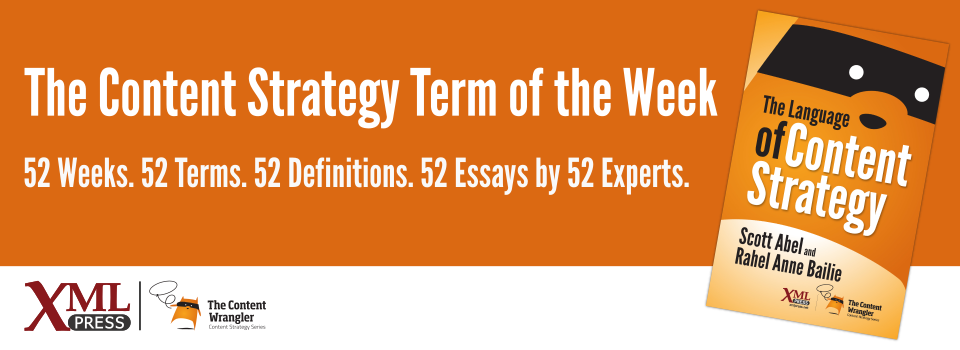What is it?
The process and result of conducting a quantitative study of a content inventory.
Why is it important?
Ascertains potential of content in areas such as content on high-traffic web pages, legally required content, types of content by content type, and so on. Allows for prioritization of content for project planning.
Why does a content strategist need to know this?
There are three basic types of content audits:
-
Quantitative audit: A basic list of the content, including URLs, page titles, and downloadable documents. This follows on from the content inventory and allows you to see how much content there is in the organization’s digital properties.
-
Mapping audit: Mapping allows you to visualize the content you have in the form of a site tree, like an information architecture. You can see the relationships among different pieces of content. You can see how deep the site is and, therefore, how layered. With a mapping audit, you can visualize how the content is organized and see what might be missing, what can be combined, and how you can make it easier for users to find what they need.
-
Multidimensional audit: This does not just list your content; it tells you a full story about the content on each page and the design formats. It includes analytics within the audit such as page views, bounce rates, and absolute unique visitors. The top-ranked pages of the site are marked, giving you vital information about which sections users care about and which pages they are ignoring.

